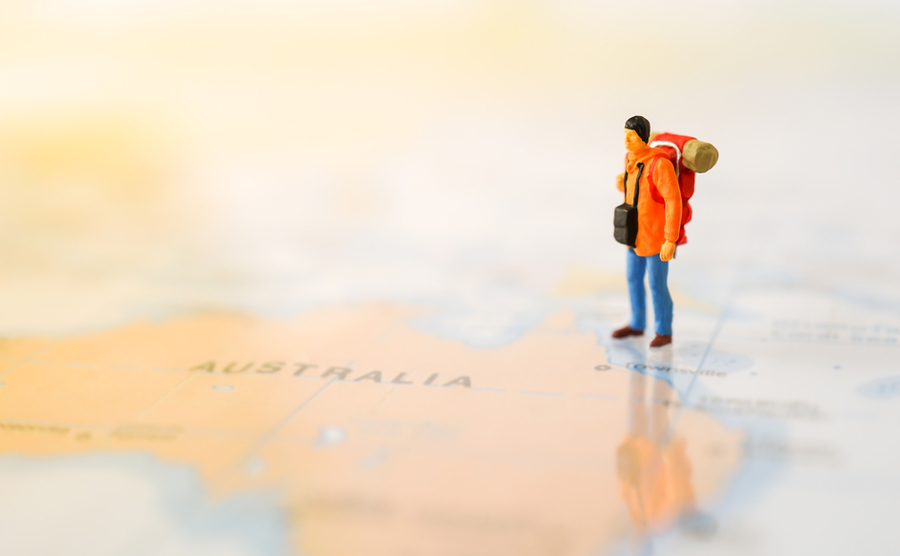To attract workers with a wider variety of skills, Australia is considering raising the age limit of its working holiday visa from age 35 to 50.
What is Australia’s working holiday visa?
Australia’s popular working holiday visa has long been an effective way for young people to immerse themselves in the country. The visa lets people 18 to 30 (35 if you are from the UK and selected other countries) to have their first extended holiday in Australia and do short-term work there to help fund their trip.
The visa allows you to stay in the country for up to twelve months. You must have a passport from an eligible country. The visa does not allow you to be accompanied by dependent children. Additionally, applicants can study in Australia for up to four months on this visa. If you want to study for longer in Australia, it is best to look into a student visa.
Furthermore, the visa has a quick processing time, with 90% of applications being processed in 20 days – 25% are processed in less than a day. If twelve months is not enough for you, then you can apply for a second working holiday visa, lasting for another twelve months. And if twenty-four months is not enough for you, then you can progress to a third working holiday visa.
For more information on how to obtain a visa in Australia, click here.
Raising the age to 50
In a recent interview with ABC Radio, Margy Osmond, who is the Tourism and Transport Forum Australia’s Chief Executive, said that Australia could benefit from raising the age from 35 to 50. She said that it would open up the marketplace to people with a wider range of professional skills. So, if you are over 35 and the Working Holiday visa suits you in all but its age requirement, you could be in luck soon.
How Australia migration has changed over recent years
A report by the Centre for Population finds that Covid travel restrictions resulted in the loss of 85,000 migrants in 2020-21, Australia’s first net migration loss since the Second World War. However, after borders opened in late 2021, there was a sharp increase in migrants. With 150,000 between 2021-2022. This is on track to reach 235,000 in 2022-23, which is a return to pre-pandemic levels.
The increase in migration was mainly down to international students. With offshore student grants from January to September being at their highest ever. Meanwhile, working holiday visas also surpassed their 2019 levels. However, there is some anxiety that these levels will change, as Chinese students make up a significant portion of international students, and Australia has just re-imposed preflight Covid testing for passengers from China.
However, Australia still has a smaller, aging population. Despite a rebound of fertility rate to 1.66 babies per woman, this is still not enough to replace the number of people who die each year. For a long time, Australia has been dependent on a young working migrant population to keep the country growing. But the reduction in migration over the pandemic has set them back.
To address these issues, Australia has planned a review into their migration system. The report is expected to be released this year.









